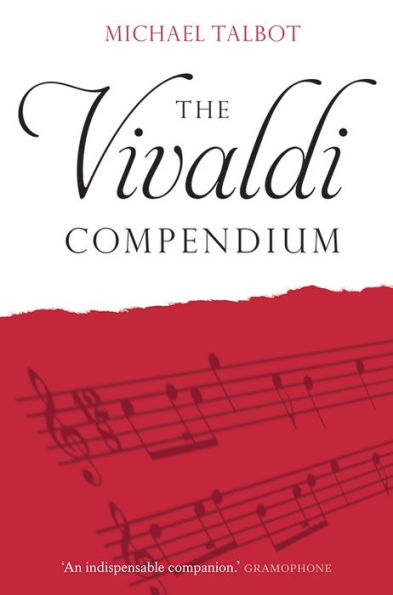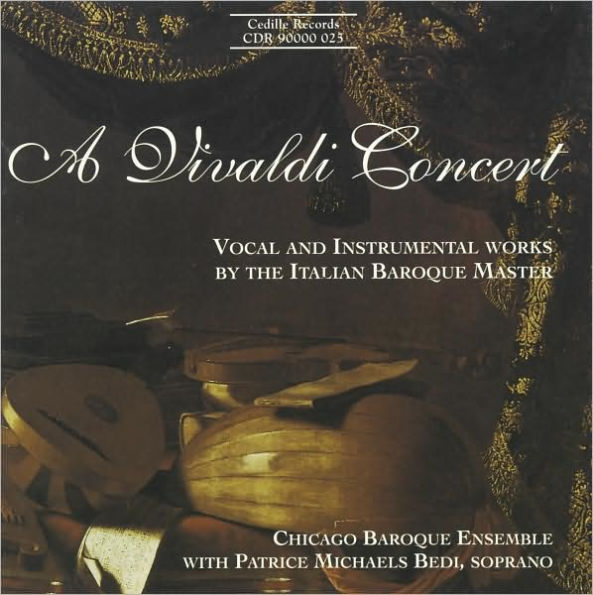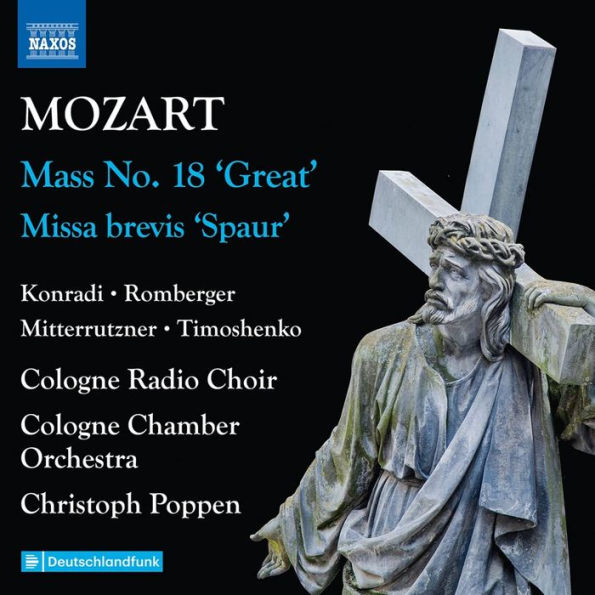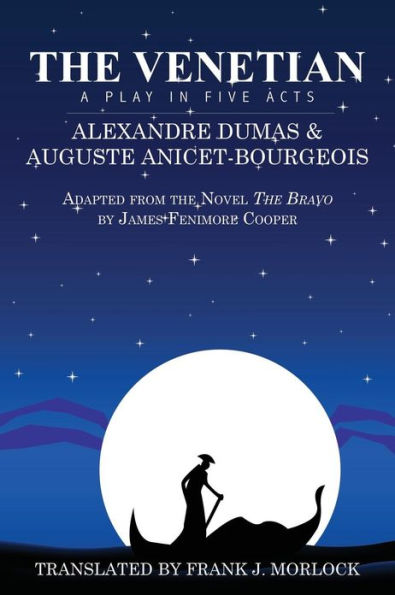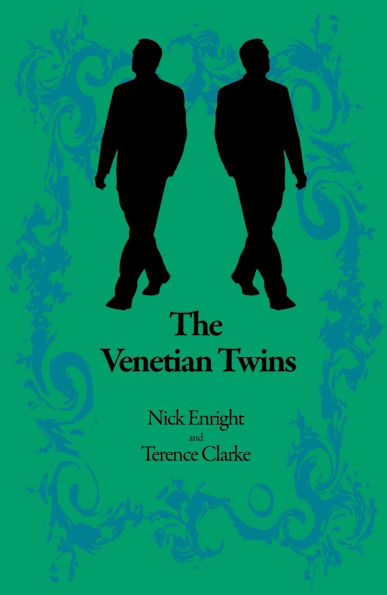Home
Vivaldi: The Great Venetian Mass
Barnes and Noble
Vivaldi: The Great Venetian Mass
Current price: $21.99
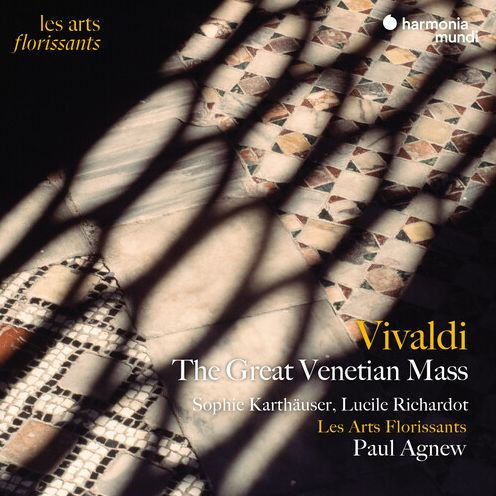

Barnes and Noble
Vivaldi: The Great Venetian Mass
Current price: $21.99
Size: OS
Loading Inventory...
*Product information may vary - to confirm product availability, pricing, shipping and return information please contact Barnes and Noble
Casual browsers happening on this release by the venerable early music ensemble
Les Arts Florissants
and director
Paul Agnew
may wonder why they have never heard of
Vivaldi
's
Great Venetian Mass
, and some of those will note that an RV (Ryom-Verzeichnis) catalog number is not present anywhere. It is because there is no
; what is recorded here is a creation by
Agnew
, assembled from other works. Some of these were mass sections, while others were contrafacta ("retextings").
's premise is that
would often have been called upon to provide full settings of the Catholic mass, but none have survived. Therefore, he might have cobbled them together as needed from music he had already written. Other Baroque composers did this;
Bach
, in particular, was an inveterate recycler.
's joinings were so carefully done that one may not even realize what was happening. That is not the case here. The Gloria and Credo settings are of very different kinds, with different forces, and do not really seem to fit together, and the whole thing feels more like a collection of
pieces than a coherent mass setting. This said, there is marvelous music here and fine music-making. For the Gloria,
uses the familiar
Gloria, RV 589
, setting, the one known to anyone with even minimal familiarity with
's music.
takes its famed opening chorus at a breakneck clip that is certainly novel. A motet is inserted as an introduction to the Gloria, a likely valid practice. The
Kyrie
and
Credo
are likewise taken from freestanding settings of those movements, while the Sanctus, Benedictus, and part of the Agnus Dei come from the
Beatus vir, RV 597
,
Dixit Dominus, RV 807
, and
Magnificat, RV 610
, respectively, with a return to the
closing things out. These are all well-known pieces, even if they do not have much to do with each other, and
has a glorious pair of soloists indeed in soprano
Sophie Karthaeuser
and mezzo-soprano
Lucile Richardot
. Buyers have flocked to this recording, which offers familiar music in a new guise, and
freely admits that what he has done makes no claim of historical authenticity. So, where is the harm? ~ James Manheim
Les Arts Florissants
and director
Paul Agnew
may wonder why they have never heard of
Vivaldi
's
Great Venetian Mass
, and some of those will note that an RV (Ryom-Verzeichnis) catalog number is not present anywhere. It is because there is no
; what is recorded here is a creation by
Agnew
, assembled from other works. Some of these were mass sections, while others were contrafacta ("retextings").
's premise is that
would often have been called upon to provide full settings of the Catholic mass, but none have survived. Therefore, he might have cobbled them together as needed from music he had already written. Other Baroque composers did this;
Bach
, in particular, was an inveterate recycler.
's joinings were so carefully done that one may not even realize what was happening. That is not the case here. The Gloria and Credo settings are of very different kinds, with different forces, and do not really seem to fit together, and the whole thing feels more like a collection of
pieces than a coherent mass setting. This said, there is marvelous music here and fine music-making. For the Gloria,
uses the familiar
Gloria, RV 589
, setting, the one known to anyone with even minimal familiarity with
's music.
takes its famed opening chorus at a breakneck clip that is certainly novel. A motet is inserted as an introduction to the Gloria, a likely valid practice. The
Kyrie
and
Credo
are likewise taken from freestanding settings of those movements, while the Sanctus, Benedictus, and part of the Agnus Dei come from the
Beatus vir, RV 597
,
Dixit Dominus, RV 807
, and
Magnificat, RV 610
, respectively, with a return to the
closing things out. These are all well-known pieces, even if they do not have much to do with each other, and
has a glorious pair of soloists indeed in soprano
Sophie Karthaeuser
and mezzo-soprano
Lucile Richardot
. Buyers have flocked to this recording, which offers familiar music in a new guise, and
freely admits that what he has done makes no claim of historical authenticity. So, where is the harm? ~ James Manheim
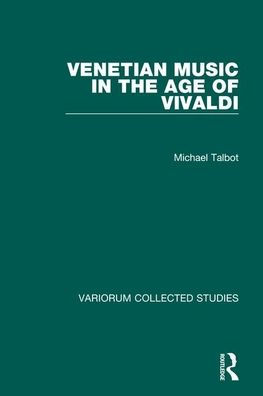
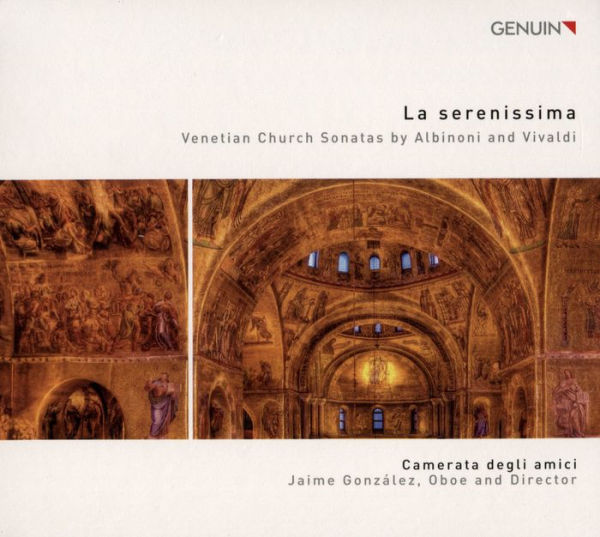
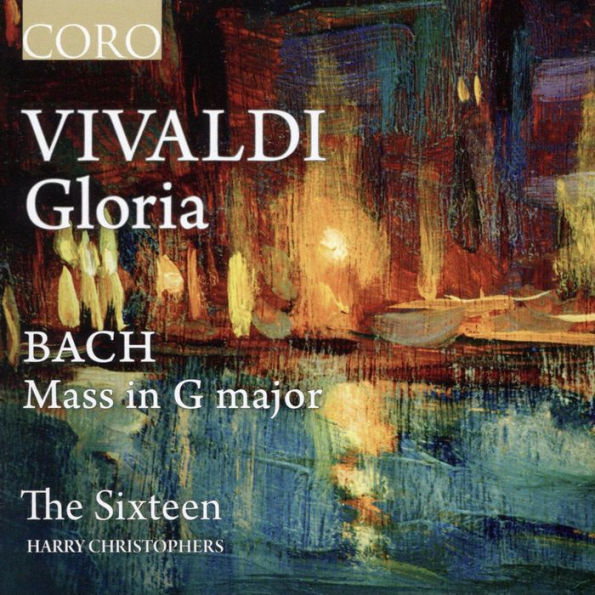
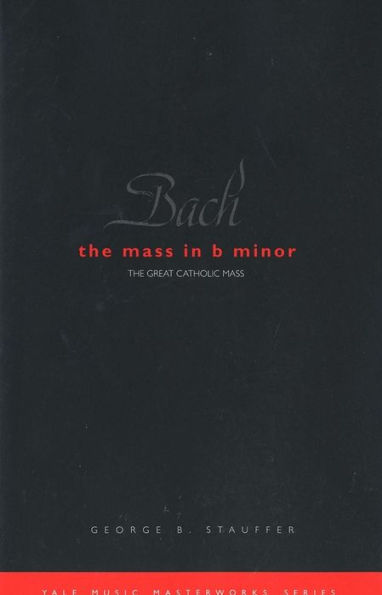

![Great Christmas Songbook: Classic Christmas [Barnes & Noble Exclusive]](https://prodimage.images-bn.com/pimages/0602498412459_p0_v1_s600x595.jpg)
